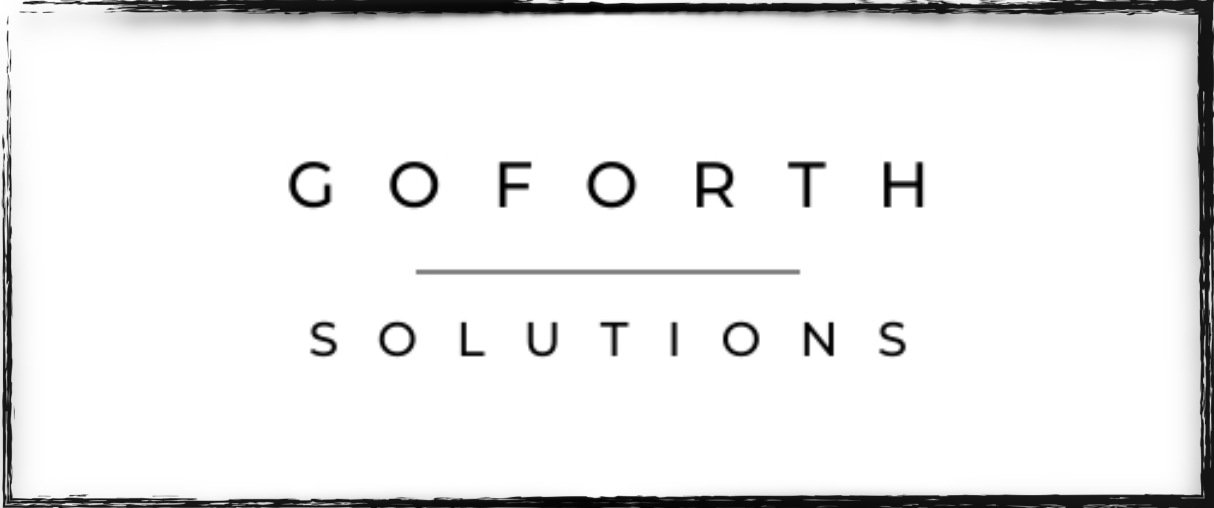Four Kinds of News Sites
/1-Quality news brands (like the BBC and The Washington Post) have earned their reputations over time as consistently reliable news sources (not perfect, but more trustworthy). Savvy readers don’t expect as much from 2-inconsistent outlets that sometimes show bias but are not “fake” (Huffington Post, Fox News). In these cases, some information may be misleading by the way an issue is framed. Then there are 3-satirical news sites (The Onion, Clickhole, and The Babylon Bee). The articles and videos are intentionally fake but intended to be funny or make a point. They aren’t designed to fool anyone. 4-Fake news sites deliberately fabricate stories. (RT News, The Globe) Packaged as legitimate journalism, these articles may mix some truth with outright lies to deceive readers or gain clicks. Fact-checkers distinguish between misinformation, where the sharer may not realize the information is fraudulent, and disinformation, where the creator/sharer knows the information is false. In each case, the motivation of the sharer can be different.
Google searches for “Fake News” since 2014
The Society of Professional Journalists Code of Ethics encourages journalists to “seek truth and report” and “be accountable and transparent” while doing it. Looking for these qualities is an effective way to separate the fake and the real.

